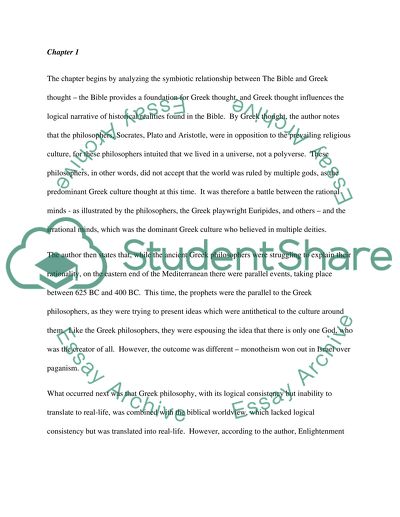Cite this document
(“The Bible Among the Myths Book Report/Review Example | Topics and Well Written Essays - 2750 words”, n.d.)
Retrieved from https://studentshare.org/religion-and-theology/1400938-the-bible-among-the-myths
Retrieved from https://studentshare.org/religion-and-theology/1400938-the-bible-among-the-myths
(The Bible Among the Myths Book Report/Review Example | Topics and Well Written Essays - 2750 Words)
https://studentshare.org/religion-and-theology/1400938-the-bible-among-the-myths.
https://studentshare.org/religion-and-theology/1400938-the-bible-among-the-myths.
“The Bible Among the Myths Book Report/Review Example | Topics and Well Written Essays - 2750 Words”, n.d. https://studentshare.org/religion-and-theology/1400938-the-bible-among-the-myths.


